Back to the ruin
massa critica | davide tommaso ferrando
The following text is the adaption of an op-ed I wrote a year and a half ago for the issue #13 of the Scandinavian architecture magazine “Conditions”. By then, I was particularly interested in the growth of a kind of architecture (which, in the meantime, has spread more or less all over the globe, often reducing itself to just another fashion) in which the spatial (and materic, and economic, etc.) value of raw abandoned buildings was implemented by adding little or almost nothing to them in design phase. I am grateful to the editorial staff of “Conditions”, and in particular to Joana Sá Lima, for giving me the chance to publish the text here as well.
![DTF | And we are not used to darkness any more [inside Palais de Tokio]](http://www.zeroundicipiu.it/wp-content/uploads/2014/05/palais-de-tokio-590x590.jpg) And we are not used to darkness any more [inside Palais de Tokio]
And we are not used to darkness any more [inside Palais de Tokio]
The long-term effects of the 2008 financial crisis ask for a paradigmatic transformation of the way in which architects understand their discipline. The golden days in which the luxurious projects of few globalized brands dictated the guidelines of contemporary architecture are finally over, and as our Zeitgeist has already moved away from the shiny stages of show-business, designers are beginning to realize that the moment to deal with the epochal changes of our post-capitalist era should no longer be procrastinated.
When, some ninety years ago, Le Corbusier was busy in writing Vers une Architecture, the world too was in crisis, and the birth of a new architecture was strongly invoked by the Swiss homme de lettres as the best option (being revolution the only alternative) to fully address the social, political and economic transformations that were taking place at that time. At a first glance, it could seem well-advised to propose the construction of a bridge between 1923 and 2013, in order to root our possible solutions to today’s new issues in the radical proposals of those who – like Corbu – strove to transform their own world by defining a new architectural paradigm. Nevertheless, I am afraid we can’t keep lying to ourselves and pretend, one more time, that all we need is just another change of aesthetics.
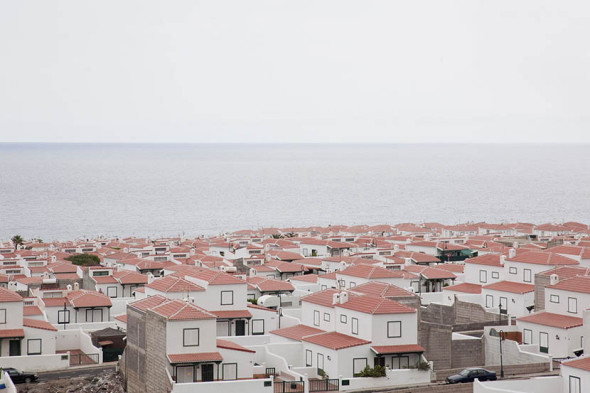 Simona Rota | Instant Village
Simona Rota | Instant Village
While, in fact, at the beginning of the past century the desire to realize modern society was going hand-in-hand with the necessity to build its future infrastructures – something intrinsically connected to a specific asset of political, economic, technological and material conditions –, today we have no choice but to face the territorial holocaust that the exacerbation of such positivistic paradigm has led us to, infilling our lands with a surplus of (usually disgraceful) built structures that largely exceed the needs of a now shrinking population. A condition so problematic and evident that there’s no need to check the empty homes rate of countries like Spain (20%) and Ireland (15%) to realize that, during the XX century, the European territory has been assaulted and transformed in the main course of a grande bouffe meticulously organized by private speculation – and euphorically assisted by architecture practices.
Parallel to this, the 2008 shutdown of the financial pump that fueled, during decades, the convenient business of architecture, has caused the shrinkage of both the architects’ customer base and the clients’ budget capacity. As a consequence, the former are being slowly coerced either into switching their focus from construction to representation (a recurrent strategy in periods of weak market), or into looking for alternative and profitable applications of their multidisciplinary knowledge; while the latter are not only abandoning the possibility of new investments, but also leaving many going-on projects unfinished. How these escapist solutions can resolve the actual problem of architecture, though, is something yet to be proven, and as we compare the ordered, positive and white-clean modernity propelled by Le Corbusier to the direction taken by our post-capitalist society, all we can see is the slow production of a transnational landscape of social fragmentation, economic uncertainty and abandoned buildings: something not so different from the cityscape of ruins described in Florent Tillon‘s documentary Detroit, ville sauvage.
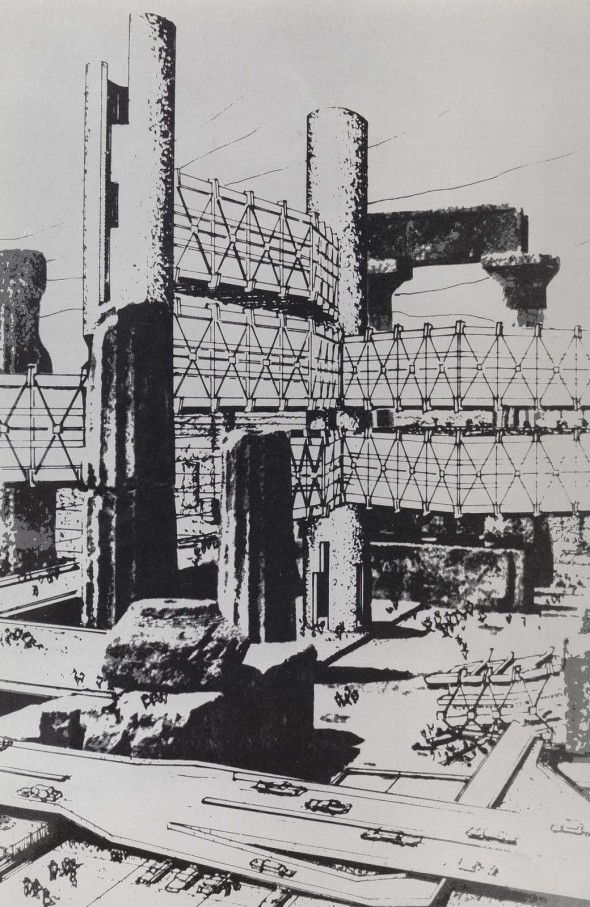 Arata Isozaki | Incubation Process | 1962
Arata Isozaki | Incubation Process | 1962
Now, that of the ruin is a theme that started crossing architecture’s path already during the Renaissance, when artificially decaying buildings were designed from scratch in order to meet a particular picturesque taste, like in the case of the ruined house built in 1530 by Girolamo Genga in the Barchetto (the Duke of Urbino’s park). Starting from there, it is possible to draw a diachronic line that connects a great quantity of authors – Bernini, Piranesi, Chambers, Gandy, Speer, Kahn, Isozaki, etc. – who all shared an interest for the unique physicality of ruined buildings: a disturbing presence that in the past has been capable of recalling absolute ideas like those of death, nostalgia, sublimity, nature, time.
As for today, I maintain that something that could go far beyond the simple reproposition, in architectural terms, of the widely analyzed aesthetic of the ruin, is actually taking place. Preceded, as usual, by the pioneering work of a small group of authors who managed to anticipate, in their respective disciplines, future tendencies (I am thinking, for example, of Cyprien Gaillard‘s picturesque drawings of modern high-rises, Stanley Wong‘s photographs of Chinese unfinished building sites, Lacaton & Vassal‘s project for the Palais de Tokyo in Paris), some architects are in fact turning to abandoned buildings in a different way.
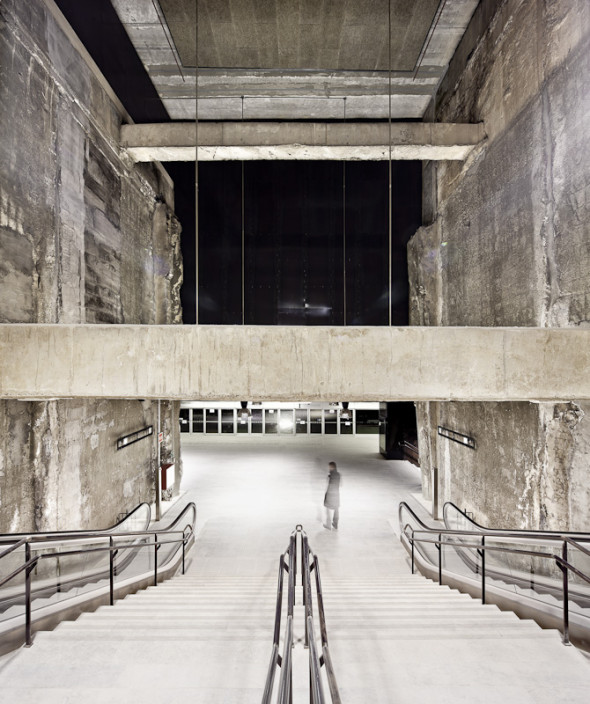 Garcés de Seta Bonet | Estaciones Metro L9 | 2011
Garcés de Seta Bonet | Estaciones Metro L9 | 2011
Let’s just think of Arturo Franco‘s reuse of one wing of Madrid’s Slaughterhouse, Garcés de Seta Bonet‘s L9 metro station in Barcelona, Practice Architecture‘s BT5 Auditorium in London, Rotor‘s transformation of the Grindbakken pits in Ghent, Marco Casagrande‘s Ultra-Ruin in Taipei or Herzog & De Meuron‘s Tate Tanks, again in London: these are all projects that, by simply introducing a minimum addiction to a rusty espace trouvé, not only make us recognize the spatial and material value of the degraded structures in which they are set; but also, and most notably here, they provide a realistic, convenient and repeatable strategy for the reuse of the “modern ruins” that have been produced in the last decades – a strategy that could be transferred to a much wider set of hosting structures and hosted programs, and even become the next common tongue of architecture.
What’s more, by offering a viable alternative to it, these projects eventually manage to denounce the idea of architecture as a stand-alone, finished object: an idea that has never been questioned during the past century, while it was silently supporting the expansive paradigm under which our cities were growing wild, and the consequences of which are now being literally shown, bare naked, in the mentioned projects. In this sense, to go back to the ruin means to adopt a critical attitude towards the built environment, to reconsider the temporal dimension of architecture as something dynamic and permanently in-progress, to cancel the disciplinary distinctions between restoration, reuse and construction and, finally, to radically rethink design in terms of “mutation” rather than “creation”, as Richard Sennett has many times maintained.
Davide Tommaso Ferrando
Questo sito usa Akismet per ridurre lo spam. Scopri come i tuoi dati vengono elaborati.

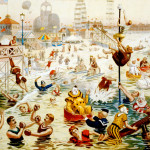
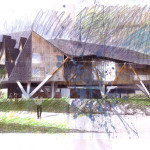
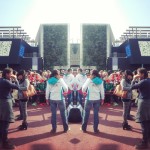




Lascia un commento